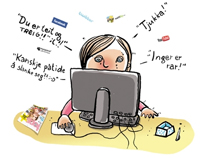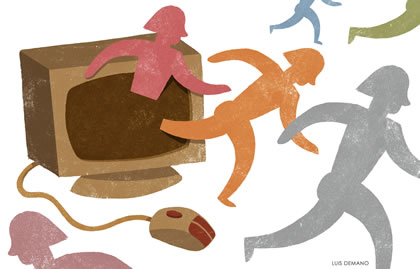Two out of three children have experienced bullying via the Internet or mobile phones according to a survey made by Telenor in 2008 in Norway. The survey also shows that parents are uncertain about what to do about this kind of bullying.
1. Take bullying through social media seriously
2. Talk with children and young people about Internet use and netiquette
3. Get involved in the children’s Internet use and become friends with your children on Facebook
4. Remember to save harassment and threats on the hard disc and mobile device
5. Contact the police on suspicion of offenses
For many victims of bullying cyber-bullying is just one of several ways in which they are being harassed. This may mean that they never have any protected place. At school, they are left out or maligned and when they come home they receive insults on mobile phones and net. Access to social media in recent years has unfortunately provided some new bullying tools,”
Tove Flack
Research Fellow Tove Flack at the Centre for Behavioural Research (SAF) at the University of Stavanger has extensive experience in counselling work in anti-bullying, which includes the centre’s program zero, where zero tolerance for bullying and active involvement are important concepts. Zero gives schools advice on how to prevent, detect and solve problems and create continuity. She has also worked with cases of bullying and conducted bullying research in schools. In her research and practice, she has particularly focused on hidden bullying. Curious? Continue reading



